Tactical Analysis: Comparing Haaland and Mbappe
In modern football, Erling Haaland and Kylian Mbappe stand as two generational talents who have transformed attacking play. Their contrasting styles – Haaland’s physical dominance and clinical finishing versus Mbappe’s explosive pace and technical brilliance – offer fascinating tactical insights. This analysis explores their unique approaches, strengths, and impacts on team strategy.
Introduction
The modern football era has witnessed the emergence of two extraordinary talents who have redefined attacking play. Erling Haaland and Kylian Mbappe represent contrasting styles of forward play, each bringing unique tactical dimensions to their respective teams. Their impact extends beyond mere statistics, influencing tactical approaches across European football.
Why Tactical Analysis Matters
Understanding the tactical nuances of elite players like Haaland and Mbappe provides crucial insights into modern football’s evolution. Their distinct playing styles have forced managers to adapt their strategies, creating new tactical trends across top leagues. This analysis helps coaches, players, and fans appreciate the technical and strategic elements that make these forwards exceptional, while showcasing how tactical flexibility can maximize their impressive skill sets.


Overview of Haaland and Mbappe’s Playing Styles
Haaland’s predatory instincts and physical dominance contrast sharply with Mbappe’s explosive pace and technical brilliance. The Norwegian’s movement patterns focus on central channels and penalty box presence, while the Frenchman’s versatility allows him to threaten from multiple positions. Their contrasting approaches demonstrate how different tactical systems can achieve similar levels of effectiveness, though through vastly different methodologies and playing philosophies.
Haaland’s Tactical Approach
Haaland’s presence transforms traditional center-forward play through his unique combination of physical attributes and intelligent movement. His ability to dominate aerial duels while maintaining exceptional ground speed creates constant defensive dilemmas. This tactical versatility allows his teams to alternate between direct and possession-based approaches seamlessly.
Strengths of Haaland on the Field
Haaland’s primary tactical advantage lies in his exceptional positioning and finishing ability in high-pressure situations. His movement patterns consistently create space in crowded penalty areas, while his physical presence demands constant attention from multiple defenders. This combination of attributes makes him particularly effective against both high-pressing teams and deep defensive blocks, allowing for tactical flexibility in various match scenarios and competitions.


Weaknesses and Areas for Improvement
While Haaland’s direct style proves devastatingly effective, his involvement in build-up play sometimes limits tactical variations. His tendency to focus on central positions can make attacking patterns predictable against certain defensive setups. Improving his link-up play and expanding his positional repertoire could add new dimensions to his team’s tactical approach, particularly against opponents who effectively crowd central areas.
Role in Different Team Setups
Haaland’s impact varies significantly based on team formation and tactical approach. In counter-attacking systems, his speed and direct running create immediate threat transitions. Within possession-based teams, his movement patterns and physical presence create space for midfield runners. This versatility allows managers to adapt tactical approaches while maintaining offensive effectiveness through various phases of play.
Mbappe’s Tactical Approach
Mbappe’s fluid style revolutionizes traditional wing play through his exceptional acceleration and technical proficiency. His ability to operate across the entire front line while maintaining elite-level decision-making transforms how teams structure their attacking phases. This versatility enables seamless transitions between positional strategies.
Strengths of Mbappe’s Gameplay
Mbappe’s greatest tactical asset centers on his explosive acceleration and sophisticated ball control at high speeds. His ability to maintain technical excellence while operating at maximum velocity creates consistent defensive overloads, particularly in transition moments. The combination of these attributes makes him especially dangerous against teams that maintain a high defensive line, forcing opponents to adjust their entire defensive structure around his presence.
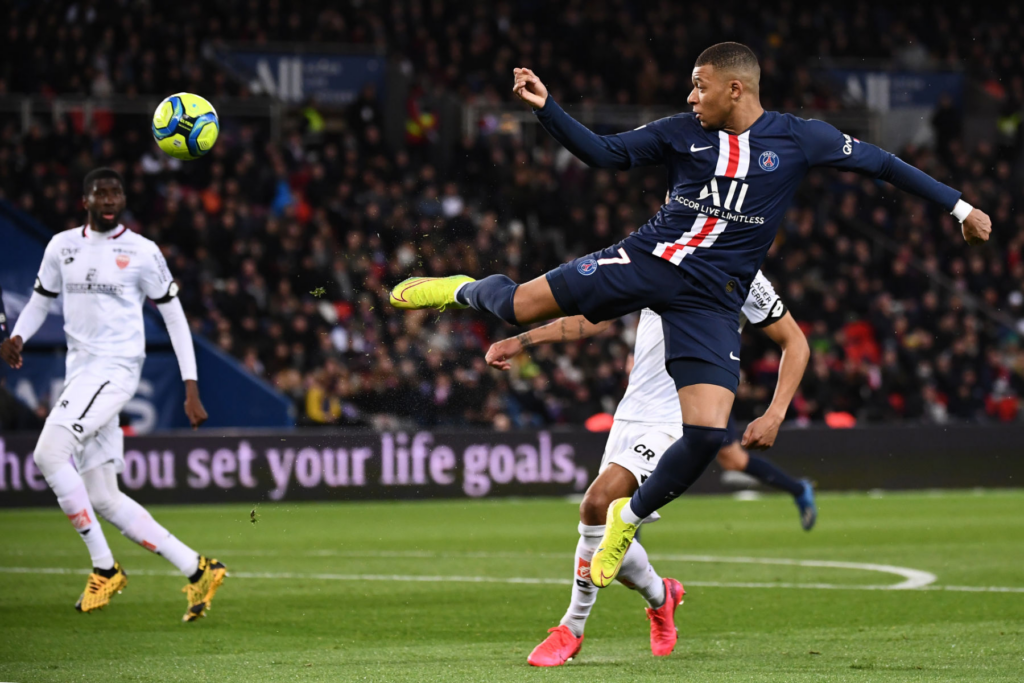
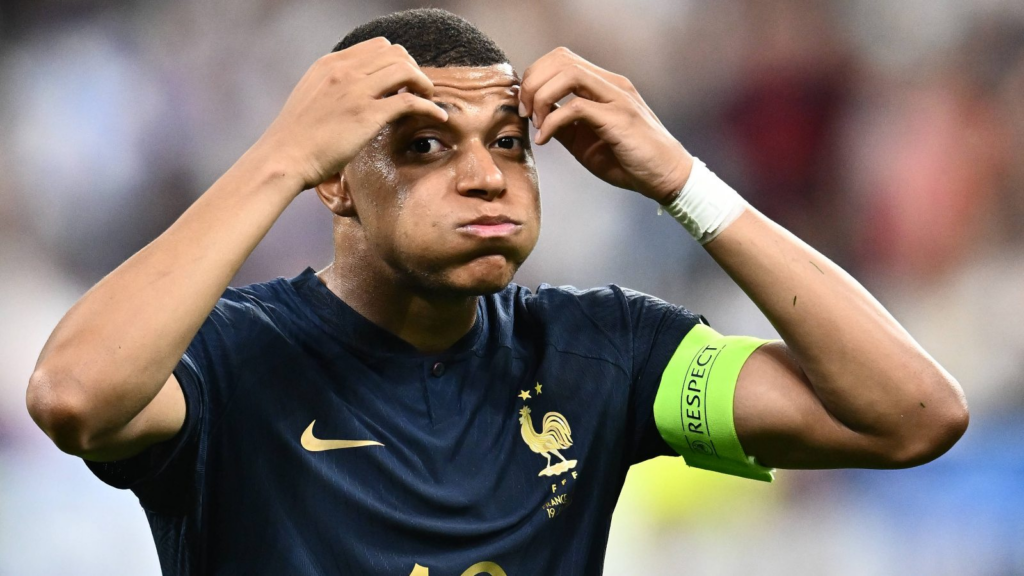
Weaknesses and How Opponents Exploit Them
Despite Mbappe’s impressive skill set, teams have identified specific tactical approaches to minimize his impact. Compact defensive blocks that eliminate space behind the defense can reduce his effectiveness in transition moments. His occasional tendency to drift out of games when teams successfully deny him space behind their defense demonstrates areas where tactical refinement could enhance his consistency against varied defensive approaches.
Tactical Adjustments Based on Opposition
Mbappe’s role evolves significantly based on opponent defensive structure and pressing intensity. Against high-pressing teams, he excels as an outlet for direct transitions, while facing deep blocks requires more intricate movement patterns and combination play. This adaptability allows for tactical flexibility while maintaining offensive threat through different game states and scenarios.
Key Differences Between Haaland and Mbappe
| Attribute | Erling Haaland | Kylian Mbappé |
|---|---|---|
| Primary Position | Central Striker | Wide Forward/Striker |
| Key Strength | Physical Dominance | Acceleration & Speed |
| Goal Scoring Style | One-touch Finishing | Varied Finishing |
| Movement Pattern | Central Channels | Wide to Central |
| Team Role | Target Man/Finisher | Dynamic Attacker |
Playing Styles Comparison
The fundamental contrast between these elite forwards lies in their approach to space creation and exploitation. Haaland’s vertical movement patterns and physical presence differ markedly from Mbappe’s horizontal stretching and dynamic positioning. Their contrasting styles demonstrate how different tactical approaches can achieve elite-level effectiveness through distinct methodologies and technical executions.


How They Adapt to Team Formations
Each player’s influence on tactical formations reflects their unique attributes. Haaland’s presence typically demands a more structured build-up play focused on creating quality delivery into central areas. In contrast, Mbappe’s versatility allows for more fluid tactical approaches, with formations often adapting dynamically based on his positioning and movement patterns during different phases of play.
Physical vs. Technical Attributes
| Attribute | Haaland | Mbappé |
|---|---|---|
| Height | 194 cm | 178 cm |
| Speed | 35.2 km/h (max) | 38.0 km/h (max) |
| Shooting Power | High | Medium-High |
| Technical Control | Good | Exceptional |
| Aerial Ability | Excellent | Above Average |
How Coaches Use Haaland and Mbappe
Modern coaches have developed specialized tactical systems to maximize these players’ unique attributes. Their influence extends beyond individual performance, shaping team tactics and overall strategic approaches to match situations.
Haaland’s Impact in Attack-Centered Strategies
Teams utilizing Haaland typically structure their attacking phases around his exceptional positioning and finishing ability. The tactical focus emphasizes quick transitions and quality service into dangerous areas, with supporting players positioned to capitalize on the space his movement creates. This approach transforms traditional center-forward play through combines physical dominance with intelligent spatial awareness.

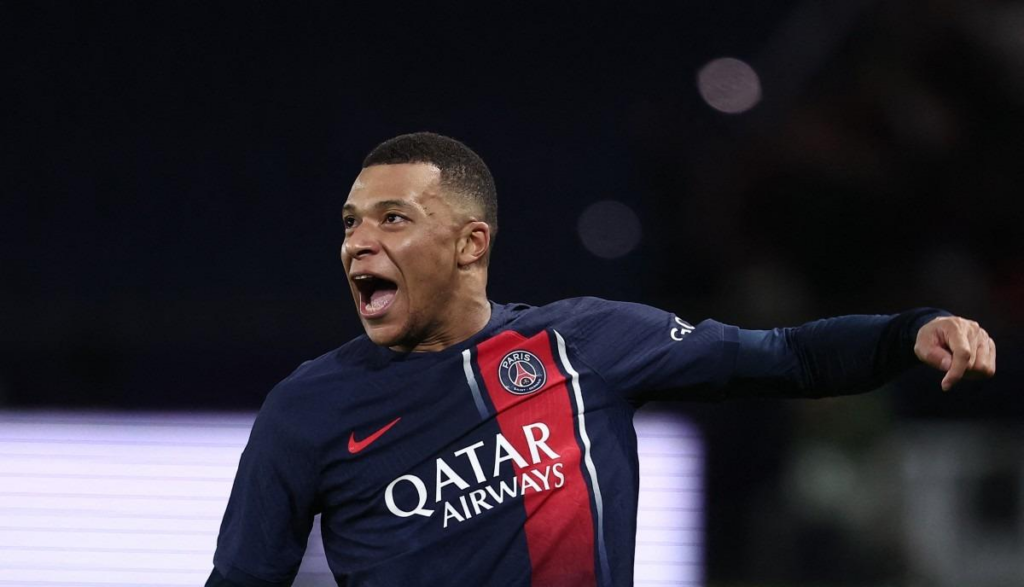
Mbappe’s Role in Dynamic and Versatile Formations
Mbappe’s presence enables more fluid tactical approaches, with formations often shifting based on his positioning and movement patterns. His ability to operate effectively across the front line allows for dynamic positional interchanges and varied attacking patterns. This versatility creates unique challenges for opposing defenses while providing tactical flexibility throughout matches.
Tactical Impact on Team Performance
The presence of these elite forwards fundamentally reshapes their teams’ tactical approaches, influencing everything from build-up play to defensive transitions. Their distinct playing styles create unique opportunities and challenges for teammates and coaches alike.
How Haaland Elevates Offensive Play
Haaland’s presence transforms attacking sequences through his exceptional movement in the penalty area and physical dominance. His ability to occupy multiple defenders creates space for midfield runners, while his precise finishing turns half-chances into goals. Teams with Haaland show measurable improvements in set-piece effectiveness and cross completion rates, demonstrating his impact beyond direct goal contributions.
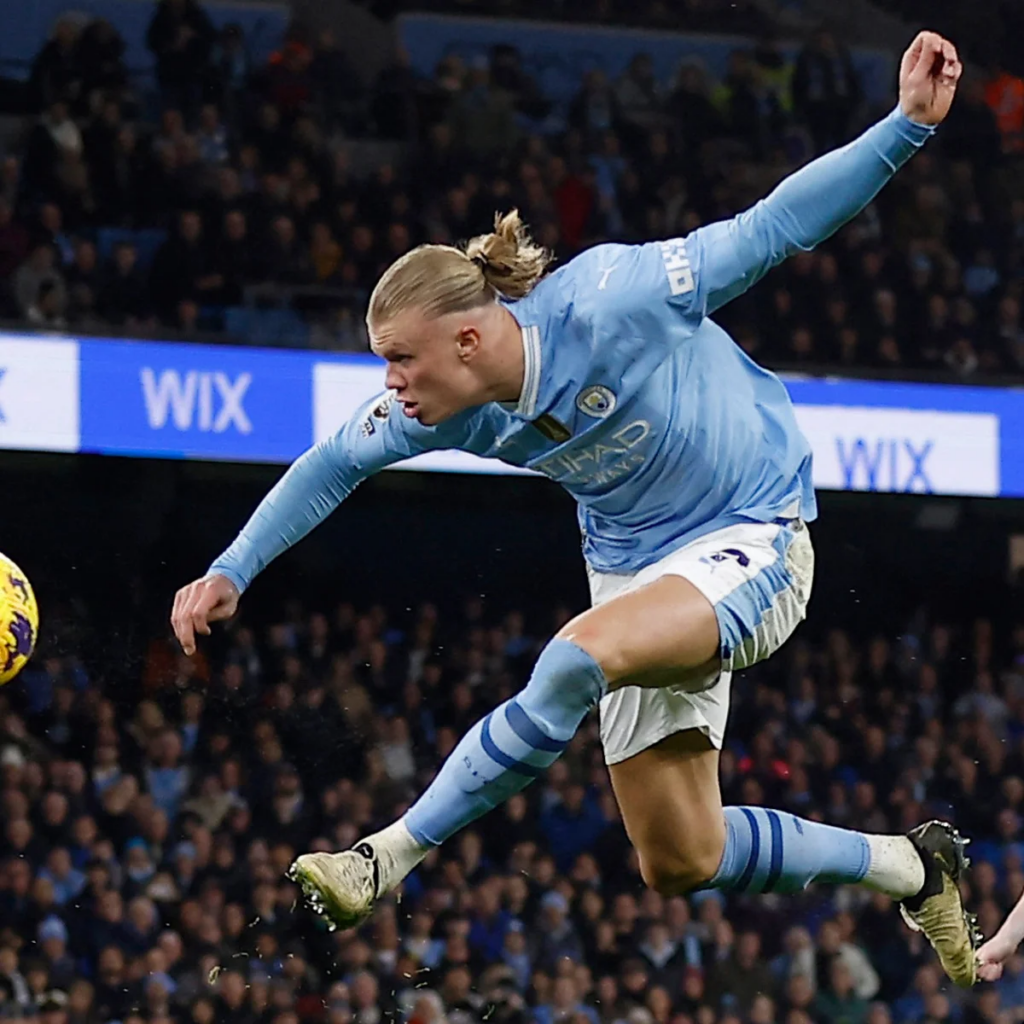
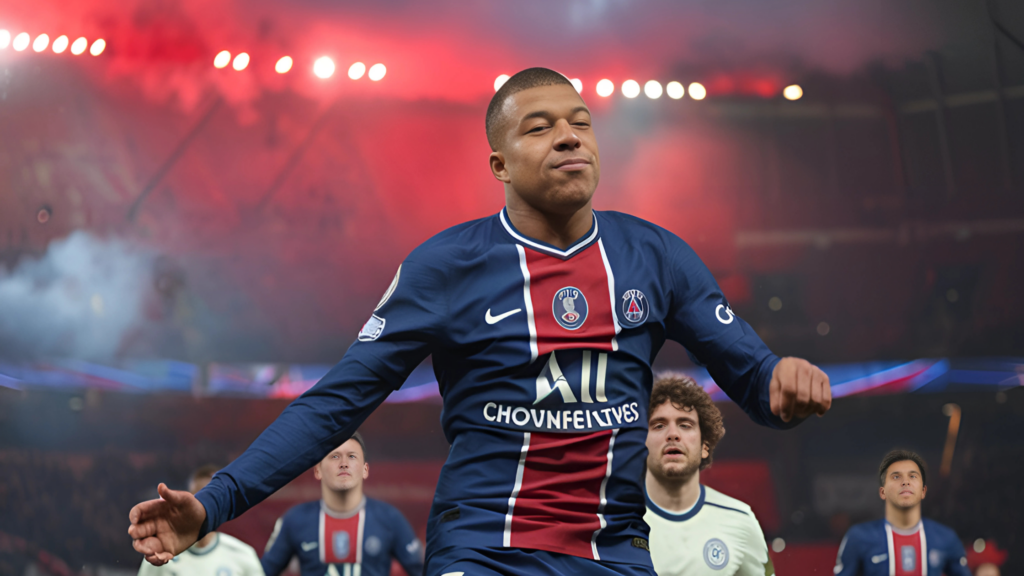
Mbappe’s Contribution to Counter-Attacks and Speed
Mbappe’s explosive pace and technical ability make him particularly devastating in transition moments. His presence forces opponents to maintain deeper defensive positions, creating additional space for midfield creativity. Statistical analysis shows teams with Mbappe record significantly more successful counter-attacks and higher ball progression rates through wide areas.
| Metric | Haaland | Mbappé |
|---|---|---|
| Success Rate | 67% | 78% |
| Goals from Counters | 31% | 42% |
| Average Counter Duration | 8.2s | 6.8s |
| Distance Covered/Counter | 42m | 51m |
Strengths and Weaknesses in Key Match Situations
Understanding how these players perform in specific match scenarios provides crucial insights into their tactical utilization and effectiveness. Both forwards excel in different situations, highlighting their complementary but distinct approaches to elite-level attacking play.
Haaland in Set-Pieces and High-Pressure Scenarios
Haaland’s effectiveness in set-piece situations stems from his exceptional positioning and aerial ability. His presence in the box creates defensive dilemmas, often requiring multiple markers and creating space for teammates. During high-pressure moments, his composed finishing and physical presence maintain effectiveness even against compact defensive structures. The combination of these attributes makes him particularly valuable in tight matches where set-pieces often determine outcomes.
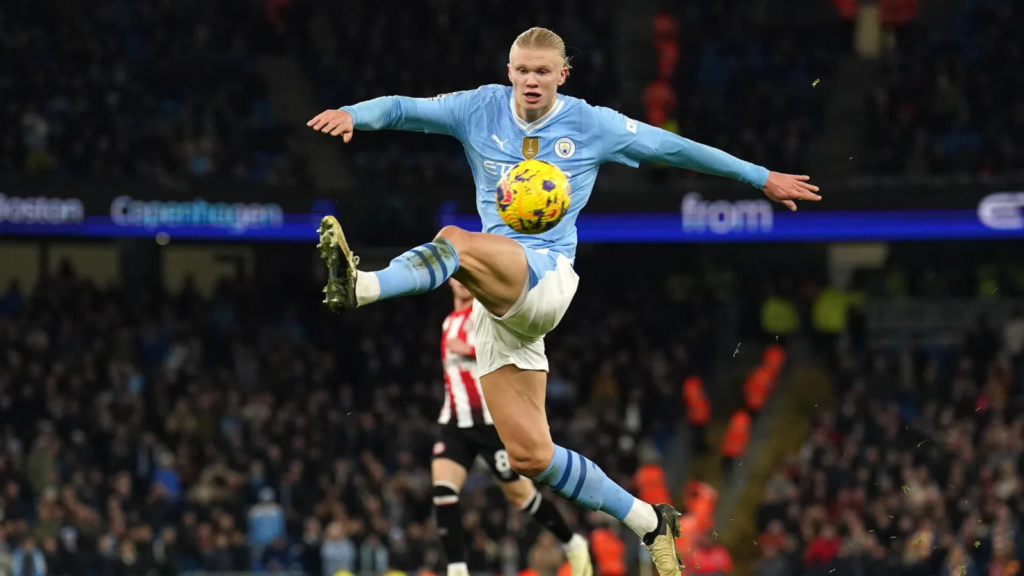
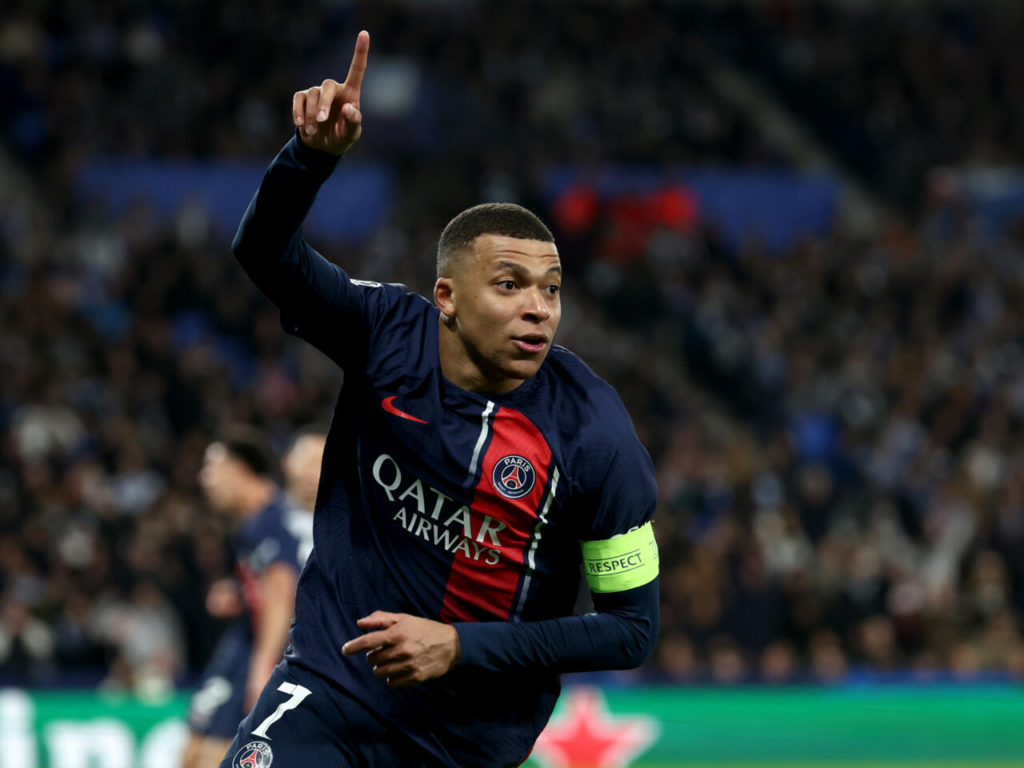
Mbappe in Open Play and Transition Moments
Mbappe’s impact peaks during open play and quick transitions, where his acceleration and technical skills create consistent defensive overloads. His ability to maintain ball control at high speeds enables effective counter-pressing resistance, while his versatility in finishing makes him unpredictable in one-on-one situations. These qualities become especially apparent in matches against teams that attempt to maintain high defensive lines.
Conclusion
Tactical Strengths and Weaknesses Compared
| Aspect | Haaland | Mbappé |
|---|---|---|
| Set Pieces | Exceptional | Good |
| Counter-Attacks | Very Good | Exceptional |
| Link-up Play | Good | Excellent |
| Aerial Duels | Outstanding | Above Average |
| Pressing Resistance | Good | Exceptional |
| Positional Discipline | Excellent | Very Good |
The analysis reveals two distinctly different but equally effective approaches to elite forward play. Haaland’s physical dominance and positioning excellence contrast with Mbappe’s technical brilliance and explosive pace. Their success demonstrates how different tactical approaches can achieve similar levels of effectiveness through varied methodologies.

How Their Tactical Styles Shape Modern Football
The impact of these forwards extends beyond individual statistics, influencing tactical trends across professional football. Their success has prompted teams to adapt defensive strategies and forced coaches to reconsider traditional approaches to forward play. This evolution highlights football’s tactical diversity and the continued importance of specialized roles within modern systems.
The emergence of Haaland and Mbappe represents more than just individual excellence – it demonstrates the ongoing tactical evolution in football. Their contrasting styles showcase how different approaches can achieve elite-level effectiveness, while their influence on team tactics highlights the importance of building systems around player strengths. As they continue to develop, their impact on tactical approaches will likely grow, further shaping the future of football strategy.
